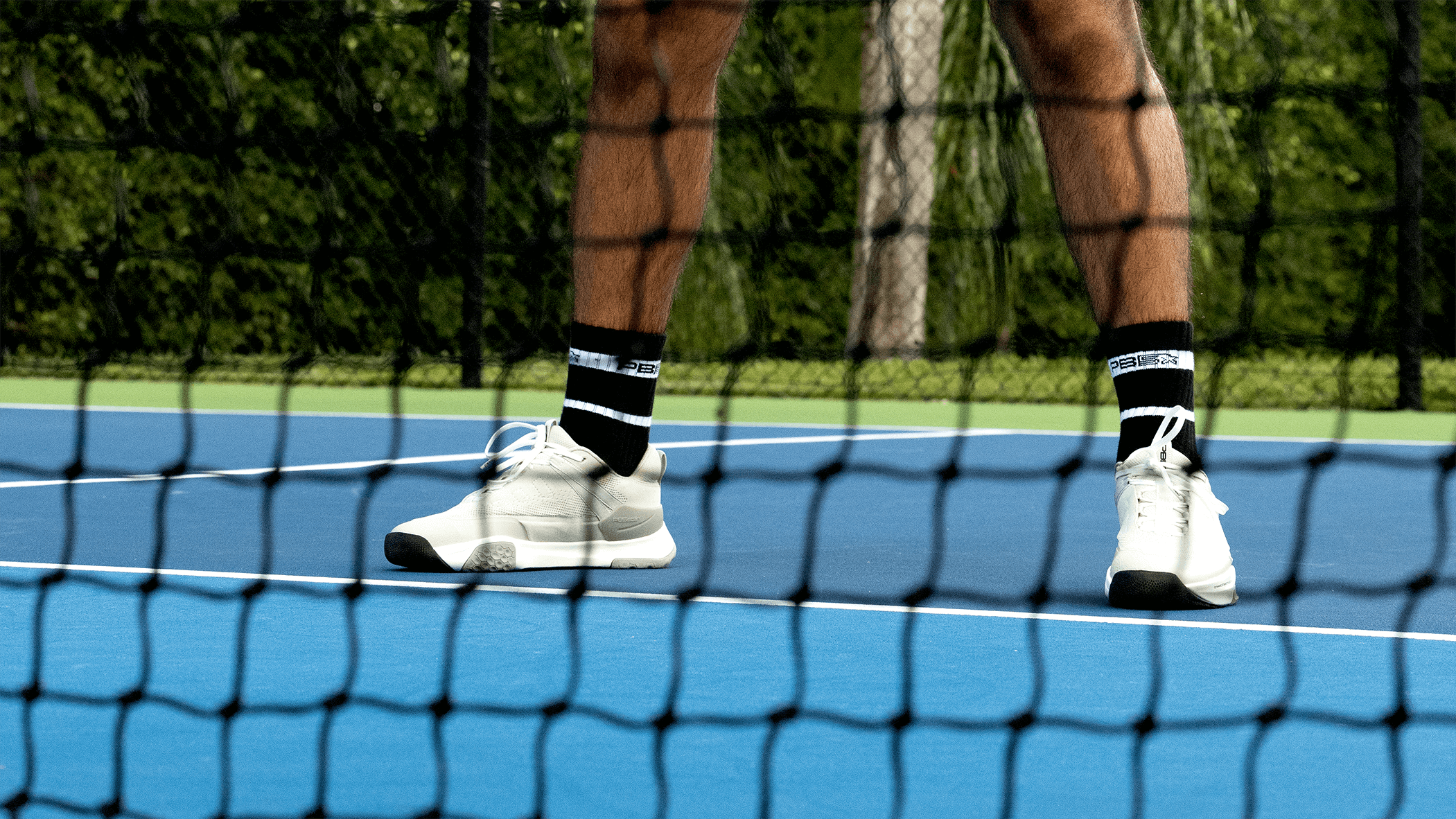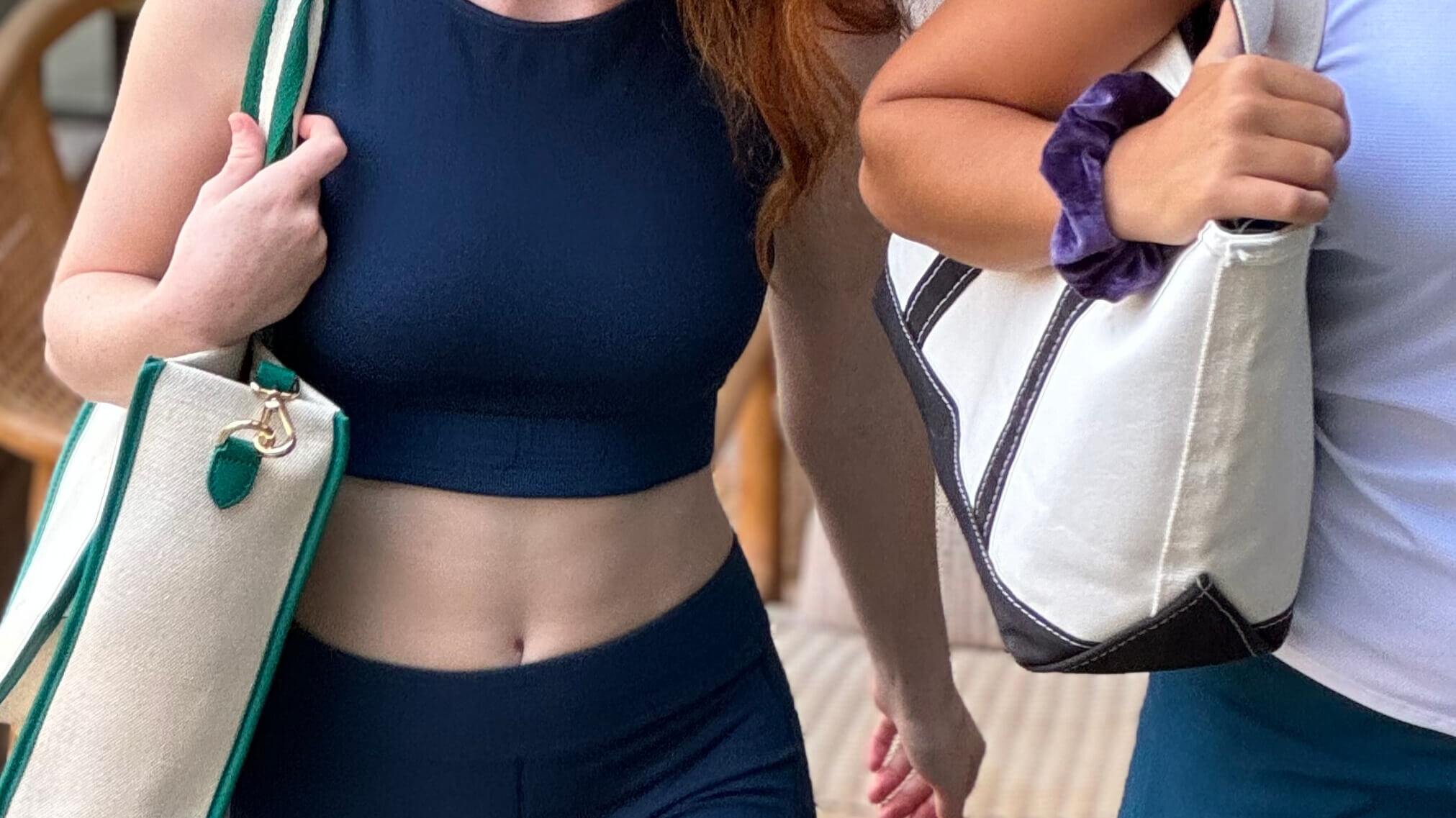Key takeaways:
Indoor pickleball provides an ideal environment for players to refine their skills and express personal style through specialized gear and fashion-forward apparel.
The PB5star community thrives in climate-controlled environments, offering premium gear that enhances performance and creates a welcoming atmosphere for all skill levels.
Mastering indoor pickleball is about blending technical finesse with a signature style, fostering community bonds, and inspiring others with your confident presence on the court.
Indoor pickleball offers all the fun of the outdoor game but without weather interruptions or sunburn concerns. As this paddle sport continues its meteoric rise in popularity, more gyms and recreation centers are setting up indoor courts to meet demand. The controlled environment inside creates a zippier, more consistent game that many players find themselves preferring once they get the hang of it.
Mastering the indoor version of pickleball takes a few simple adjustments. If you want to know how to play pickleball indoors, this guide covers everything from choosing the right gear to tweaking your strategy! For more pickleball guides, you can visit PB5star.
Standard court dimensions and layout
Understanding the court layout helps you play smarter. Indoor pickleball courts use the same dimensions as outdoor ones—a 20' × 44' rectangle that's divided into specific zones that determine how you can play the ball.
Non-volley zone (also called "the kitchen"): This 7-foot area extends from the net on both sides. While stepping into this area, you cannot hit the ball out of the air (volley) while standing there.
Baseline: The back boundary line of the court, 22 feet from the net on each side.
Sidelines: The side boundaries, 20 feet apart.
Service courts: The court is divided into four service areas, two on each side of the net.
Don't stress about memorizing every measurement—most indoor facilities have clearly marked courts. Just focus on keeping out of the kitchen unless you're making a ground stroke, and you'll avoid the most common rule violation that trips up new players!
Surface considerations and how they affect play
Indoor court surfaces can significantly influence your game. Each floor type has a different effect on how you play pickleball:
Wood flooring: Common in gymnasiums, wood provides consistent bounce but can be slippery. Expect faster play and more slides when changing directions.
Rubber/synthetic surfaces: These provide better traction but might slow the ball down slightly.
Converted tennis courts: Some indoor tennis facilities have converted courts with cushioned surfaces that are easier on joints.
Tile floors: Less common but occasionally found in multipurpose rooms, these can create unpredictable bounces.
Take time during warm-up to understand how your footwork and the ball bounce are affected by the indoor surface you're playing on. Understanding these court specifications helps you adapt more quickly to indoor play.
Adjusting to different ball speed and bounce
Indoor pickleballs typically move faster and bounce higher than their outdoor counterparts. This happens because indoor balls have fewer holes and are generally lighter. When you start playing indoors, you might feel like everything's happening too quickly.
So, it’s important to give yourself time to adjust to this quicker pace. Practice your reaction time by standing closer to the net during warm-ups to get used to faster exchanges. Remember that your outdoor instincts might need some recalibration—the ball will reach you sooner than expected!
Strategy modifications for indoor courts
Indoor pickleball is often a speedier, more aggressive game. With less wind interference and consistent lighting, your shots can be more precise. Here's how to adapt your strategy:
Play closer to the non-volley zone: The "kitchen" (that 7-foot zone where you can't volley) becomes even more critical indoors. Position yourself near this line to cut off fast shots.
Prioritize placement over power: Pinpoint accuracy trumps brute force on indoor courts. A well-placed shot is more effective than a powerful but predictable one.
Be ready for quicker transitions: Points develop faster indoors, so stay light on your feet and be prepared to switch between offense and defense in a heartbeat.
Shot selection for indoor environments
Not all outdoor shots work well indoors, as the confined space, consistent conditions, and different playing surfaces change how the ball behaves. Here are some adjustments to consider:
Drop shots: The controlled environment makes soft, finesse shots that barely clear the net more reliable and effective.
Dinks: These gentle shots in your opponent's kitchen area create tough angles in indoor play. A good "dinking" rally (soft back-and-forth exchanges) is often the key to winning points indoors.
Use the sidelines: Without wind to worry about, aiming for the sidelines becomes a more reliable strategy for catching opponents off-guard.
Reduce lobs: The ceiling height in some facilities might limit your ability to hit high lobs, so use them sparingly or adjust their height accordingly.
Serving techniques for indoor play
Your serve sets the tone for each point, and indoor serving requires some adjustments: the controlled environment allows for more precise placement, but the faster surface and closer walls demand greater control.
Control over speed: A fast serve might feel impressive, but a well-placed serve with moderate speed is usually more effective indoors.
Lower trajectory: Keep your serves lower to the net than you might outdoors, giving your opponent less time to react.
Mix it up: Alternate between deep serves to the baseline and shorter serves that land just beyond the kitchen line. This unpredictability keeps your opponents guessing.
Watch your toss: In facilities with lower ceilings, be mindful of your serving motion to avoid a ceiling hit.
Warm-up exercises for indoor spaces
Before diving into a game, proper warm-up is essential to prevent injuries and prepare your body for the quick movements of indoor pickleball:
Court movement patterns: Start with light jogging around the court's perimeter, then add side shuffles, grapevines (crossing one foot over the other while moving sideways), and backward jogging to activate all movement planes.
Dynamic stretching: Skip static stretches in favor of movement-based stretches like arm circles, torso twists, high knees, and leg swings.
Shadow pickleball: Practice your footwork and swing movements at half speed without a ball, focusing on proper form and balance.
Wrist and forearm circles: Since indoor pickleball requires quick wrist reactions, warm your wrists and forearms with gentle rotations in both directions.
A 5-7 minute warm-up routine significantly reduces injury risk and improves early game performance. Indoor courts can be harder on joints than outdoor surfaces, making proper warm-up even more important.
Practice drills against walls
When court time is limited, or you're waiting for partners, wall drills provide excellent practice:
Dink practice: Stand about 7 feet from a wall (kitchen-line distance) and practice gentle dink shots, focusing on consistent height and soft touch.
Forehand/backhand alternating: Hit the ball against the wall, alternating between forehand and backhand returns. This builds consistency and helps develop quick transitions between stroke types.
Target practice: Place sticky notes or tape markers on the wall at various heights and practice hitting these targets, which is particularly useful for developing placement precision in the faster indoor game.
Reaction drills: Stand closer to the wall and hit with increasing power, forcing yourself to react quickly to the returning ball—perfect for simulating the faster pace of indoor play. Find a smooth wall section without obstructions.
These structured practice routines develop the specific skills needed for successful indoor play. Even 15-20 minutes of focused drills before starting games can significantly improve your performance.
Equipment guide for indoor pickleball
When transitioning from outdoor to indoor play, You'll want gear that works well in faster, more controlled settings. Lighter paddles, special indoor balls, and the right shoes can really boost your play and help avoid the aches and pains that come with harder indoor courts. Sure, your outdoor equipment might work for a quick game, but having the right indoor gear will definitely up your game!
Paddles for indoor play
When playing pickleball indoors, your paddle choice can make a big difference. Consider these paddle features for indoor play:
Lighter paddles: A paddle weighing 7.3-7.8 ounces offers quicker reaction time for the speedier indoor game.
Paddles with more "pop": Graphite or carbon fiber faces can give you that extra zip needed for indoor play. The Control Paddle is a lightweight paddle with a carbon face, perfect for indoor rallies!
Noise level: Some indoor facilities have noise restrictions. If that's the case, look for "quiet" or "noise-reduction" paddles that won't echo throughout the gym.
Indoor ball specifications
Indoor and outdoor pickleballs aren't interchangeable. Here's what makes indoor balls unique:
Fewer holes: Indoor balls typically have 26 holes (compared to 40 for outdoor balls), making them lighter and faster.
Softer material: Indoor balls are usually made from a softer plastic that's gentler on indoor court surfaces.
Different bounce: The indoor ball bounces higher and moves through the air more quickly.
Color: While both types come in various colors, indoor balls are commonly white or yellow for better visibility under artificial lighting.
Footwear for indoor courts
Your shoes might be the most important equipment investment for indoor pickleball, so it’s important to be selective. Make sure you choose shoes based on these factors:
Court-specific shoes: Look for shoes labeled as "court shoes," "indoor court," or "volleyball shoes." These provide the right combination of grip and slide for indoor surfaces. PB5star’s Court2 shoes feature Dynamic Stability assist, giving you enough traction to pull off quick sprints and sharp turns.
Non-marking soles: This is non-negotiable at most indoor facilities. Check the bottom of potential shoes for "non-marking" on the label.
Lateral support: Indoor pickleball involves quick side-to-side movements, so choose shoes with good ankle support and reinforced sides.
Cushioning: Indoor courts are often harder than outdoor surfaces, so additional cushioning helps protect your joints.
Recommended clothing
Dressing for indoor pickleball is all about comfort and practicality; make sure you choose clothing that has the following:
Lightweight, breathable layers: Indoor facilities vary greatly in temperature. Dress in layers you can remove as you warm up.
Moisture-wicking fabrics: Cotton might feel nice initially, but synthetic moisture-wicking materials will keep you comfortable throughout your play session. A prime example of this is the M's Long Sleeve Layering Tee, keeping your body cool during intense game sessions.
Proper fit: Avoid overly baggy clothing that might interfere with your paddle swing or movement.
You don't need top-of-the-line equipment to enjoy indoor pickleball. However, investing in the right basics will enhance your experience and potentially prevent injuries.
The indoor advantage: Wrapping up
Your first few indoor sessions might feel slightly different, but that's just part of the process. As you get used to the quicker pace and higher bounce, your time on indoor courts will also improve your outdoor game.
Indoor pickleball offers a fantastic way to enjoy the sport year-round, regardless of weather conditions. With the right equipment and a few adjustments to your technique, you'll find the indoor game just as addictive as outdoor play. The consistent conditions also let you focus on improving your skills. So grab your PB5star gear and head to your local gym or recreation center to join the fun!






